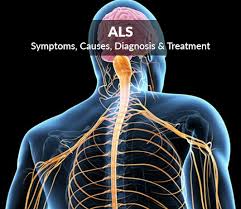Macrophages modulate muscular dystrophy
The role of resident macrophages in skeletal muscle regeneration after injury has previously been difficult to study. Here, Babaeijandaghi and colleagues used parabiosis, lineage tracing, and single-cell RNA sequencing experiments to identify a population of self-renewing resident macrophages that were found to clear damage-induced apoptotic cells early after muscle injury. In a mouse model of Duchenne muscular dystrophy, depletion of macrophages through long-term colony-stimulating factor 1 receptor (CSF1R) inhibition resulted in a shift in muscle fiber composition toward more glycolytic-oxidative fibers that were protective against contraction-induced injury. These findings highlight the role of resident macrophages in skeletal muscle regeneration and suggest a role for CSF1R inhibition in the treatment of muscular dystrophies.
Abstract
The role of tissue-resident macrophages during tissue regeneration or fibrosis is not well understood, mainly due to the lack of a specific marker for their identification. Here, we identified three populations of skeletal muscle–resident myelomonocytic cells: a population of macrophages positive for lymphatic vessel endothelial receptor 1 (LYVE1) and T cell membrane protein 4 (TIM4 or TIMD4), a population of LYVE1−TIM4− macrophages, and a population of cells likely representing dendritic cells that were positive for CD11C and major histocompatibility complex class II (MHCII). Using a combination of parabiosis and lineage-tracing experiments, we found that, at steady state, TIM4− macrophages were replenished from the blood, whereas TIM4+ macrophages locally self-renewed [self-renewing resident macrophages (SRRMs)]. We further showed that Timd4 could be reliably used to distinguish SRRMs from damage-induced infiltrating macrophages. Using a colony-stimulating factor 1 receptor (CSF1R) inhibition/withdrawal approach to specifically deplete SRRMs, we found that SRRMs provided a nonredundant function in clearing damage-induced apoptotic cells early after extensive acute injury. In contrast, in chronic mild injury as seen in a mouse model of Duchenne muscular dystrophy, depletion of both TIM4−– and TIM4+-resident macrophage populations through long-term CSF1R inhibition changed muscle fiber composition from damage-sensitive glycolytic fibers toward damage-resistant glycolytic-oxidative fibers, thereby protecting muscle against contraction-induced injury both ex vivo and in vivo. This work reveals a previously unidentified role for resident macrophages in modulating tissue metabolism and may have therapeutic potential given the ongoing clinical testing of CSF1R inhibitors.







